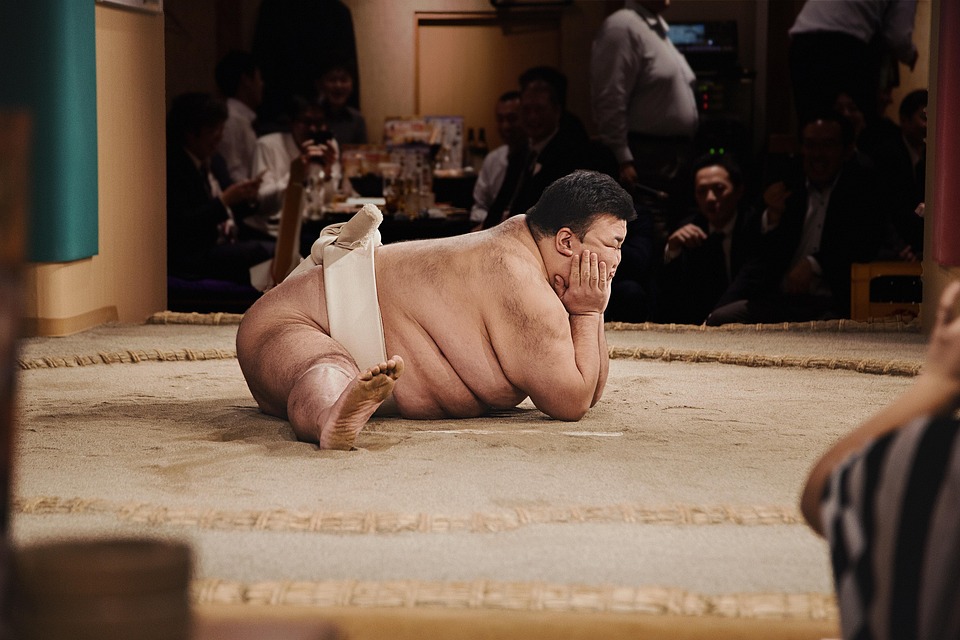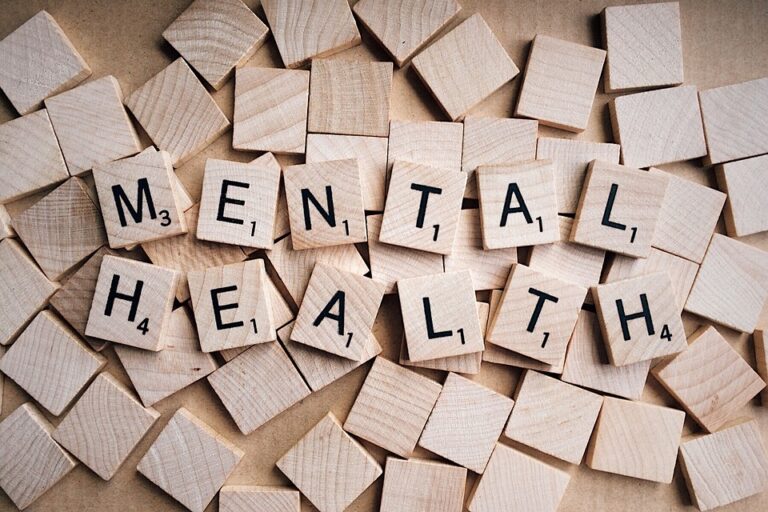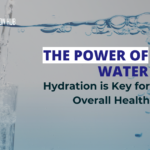Introduction
Losing fat without sacrificing muscle is a challenge many fitness enthusiasts face. It often feels like a delicate balance between cutting calories to lose weight and maintaining protein intake to preserve lean mass. But what if you could lose fat and keep your muscles intact? This case study aims to show you how I achieved significant fat loss while retaining muscle, providing you with actionable insights along the way.
Understanding the Basics of Fat Loss and Muscle Preservation
The Science Behind Fat Loss
Fat loss occurs when you maintain a caloric deficit, consuming fewer calories than your body expends. According to a study published in the American Journal of Clinical Nutrition, a consistent caloric deficit leads to weight loss, but it’s critical to ensure you’re doing this in a way that doesn’t also lead to the loss of muscle mass (Buchowski et al., 2020).
Why Muscle Preservation Matters
Muscle is metabolically active tissue, meaning it burns calories even when you’re at rest. Losing muscle can slow down your metabolism, making it more challenging to maintain your weight loss in the long term. A study in the Journal of Nutrition highlights the importance of retaining muscle during a weight-loss routine to optimize metabolic health and overall body composition (Wolfe et al., 2019).
My Approach to Losing Fat Without Losing Muscle
Macronutrient Distribution
High Protein Intake
During my fat loss journey, I adjusted my macronutrients to ensure I consumed ample protein. According to research, aiming for 1.6 to 2.2 grams of protein per kilogram of body weight supports muscle retention, especially during caloric deficits (Phillips & Van Loon, 2011). For my weight of 70 kg, this meant consuming between 112 and 154 grams of protein daily.
Controlled Carbs and Fats
I focused on a balanced intake of carbohydrates and healthy fats. While some diets recommend low-carb approaches, moderate carb intake is essential for energy, particularly when you’re exercising. Healthy fats play a role too, providing essential fatty acids that help in hormone production and cellular function.
Strength Training as a Priority
Strength training was non-negotiable in my regimen. Research indicates that resistance training is crucial for preserving muscle mass during weight loss (Schoenfeld et al., 2015). I aimed for at least three to four strength training sessions a week, focusing on compound movements like squats, deadlifts, and bench presses, which engage multiple muscle groups.
Incorporating Cardio Wisely
Rather than relying solely on cardio, I integrated it strategically. High-Intensity Interval Training (HIIT) offered an effective way to burn fat without compromising muscle by preserving high-energy expenditure and minimizing time spent doing extended cardio sessions (Milanovic et al., 2015).
Setting Realistic Goals and Tracking Progress
Setting achievable, realistic goals was vital for staying on track. I monitored my caloric intake using tracking apps and followed my physical performance with regular strength assessments. This not only helped gauge fat loss and muscle retention but also aided in making timely adjustments to my diet and training.
The Results: Success in Fat Loss and Muscle Retention
After several months of commitment to this balanced approach, I effectively lost around 10 kg of fat while maintaining muscle mass as evidenced by my body composition analysis. My strength levels, as measured by my ability to lift weights, either improved or remained stable, demonstrating that I had successfully navigated this tricky balance of fat loss without muscle loss.
Key Takeaways from My Journey
- Aim for a high protein intake to protect against muscle loss.
- Prioritize strength training over excessive cardio.
- Monitor your caloric intake and adjust as necessary.
- Set realistic and measurable goals.
These principles not only helped in my transformation but they can also serve as a highly effective guide for others looking to achieve similar results.
Frequently Asked Questions
How can I lose fat without losing muscle?
To lose fat without losing muscle, focus on a high-protein diet, engage in regular strength training, and maintain a caloric deficit that isn’t too extreme. By prioritizing muscle retention through these practices, you can successfully achieve fat loss while preserving your lean mass.
What should my protein intake be for fat loss?
For effective fat loss, aim for 1.6 to 2.2 grams of protein per kilogram of body weight. This range has been shown to support muscle mass preservation during caloric deficits and helps maintain a higher metabolic rate.
Is strength training necessary for fat loss?
Yes, strength training is essential for retaining muscle while losing fat. Resistance exercises stimulate muscle protein synthesis, which helps to preserve muscle mass in a caloric deficit and ensures that the weight you lose primarily comes from fat.
Can I lose weight without cardio?
Absolutely! While cardio can aid in fat loss, it’s not strictly necessary. A well-structured strength training program combined with a suitable diet can effectively promote fat loss without the need for extensive cardiovascular training.
How long does it take to see results when losing fat and retaining muscle?
Results can vary, but many individuals start seeing noticeable changes in body composition within 4 to 8 weeks of following a properly structured program. Consistency and dedication are key to achieving long-term results.








